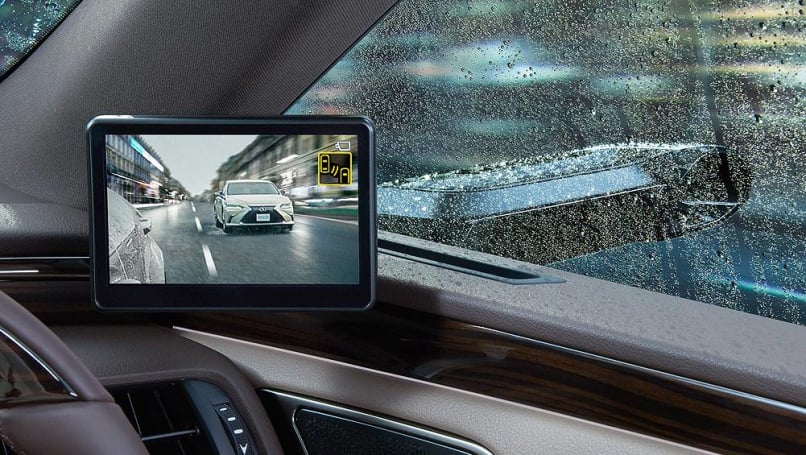
Can Kia topple Mazda in 2025? How the Kia Tasman ute, EV5 electric car and next-gen Mazda CX-5 could shape the sales charts in Australia this year
Kia set a sales record in Australia last year and the company’s boss...
Browse over 9,000 car reviews

Lexus is claiming a production-car world first with the imminent introduction of rear-view cameras in place of conventional wing mirrors on its new ES large sedan that will go on sale in Japan next month.
The cameras on door-mounted arms – in a similar fashion to regular mirrors – transmit images to two 5.0-inch screens inside the cabin at the bottom of each A-pillar.
Audi has also signaled its intention to introduce the digital mirror system on its Audi e-tron SUV, but Lexus will beat the German company to the punch by putting it into production first.
Lexus has no plans to introduce the re-imagined mirror set-up outside Japan, but the move might put pressure on road safety legislators to change rules that deem this technology unroadworthy.

In Australia, the regulations would have to change before mirrors of this kind are to become commonly available, with Australian Design Rules (ADR) requiring mirrors with specific design parameters.
In theory, Lexus could apply for an exemption to the rule, although the Japanese carmaker has given no indication it will try.
Audi also might have to revert to conventional mirrors for e-tron when it arrives in Australia in the second half of next year.
Alternative mirrors have been a common feature on concept cars in the past decade, but road safety administrators have deemed latency issues and low-light performance make them less effective than regular wing mirrors.

Lexus says its camera shape resists raindrops and snow, giving a clearer rear view while also reducing wind noise and providing a less obstructed view through the side windows.
"The system automatically enhances the corresponding area – left, right or behind – when the turn signals are activated, or when the transmission is put into reverse," it says. "The view of areas around the car can be manually enhanced by the driver to obtain complete peripheral awareness of the area around the vehicle."
Comments